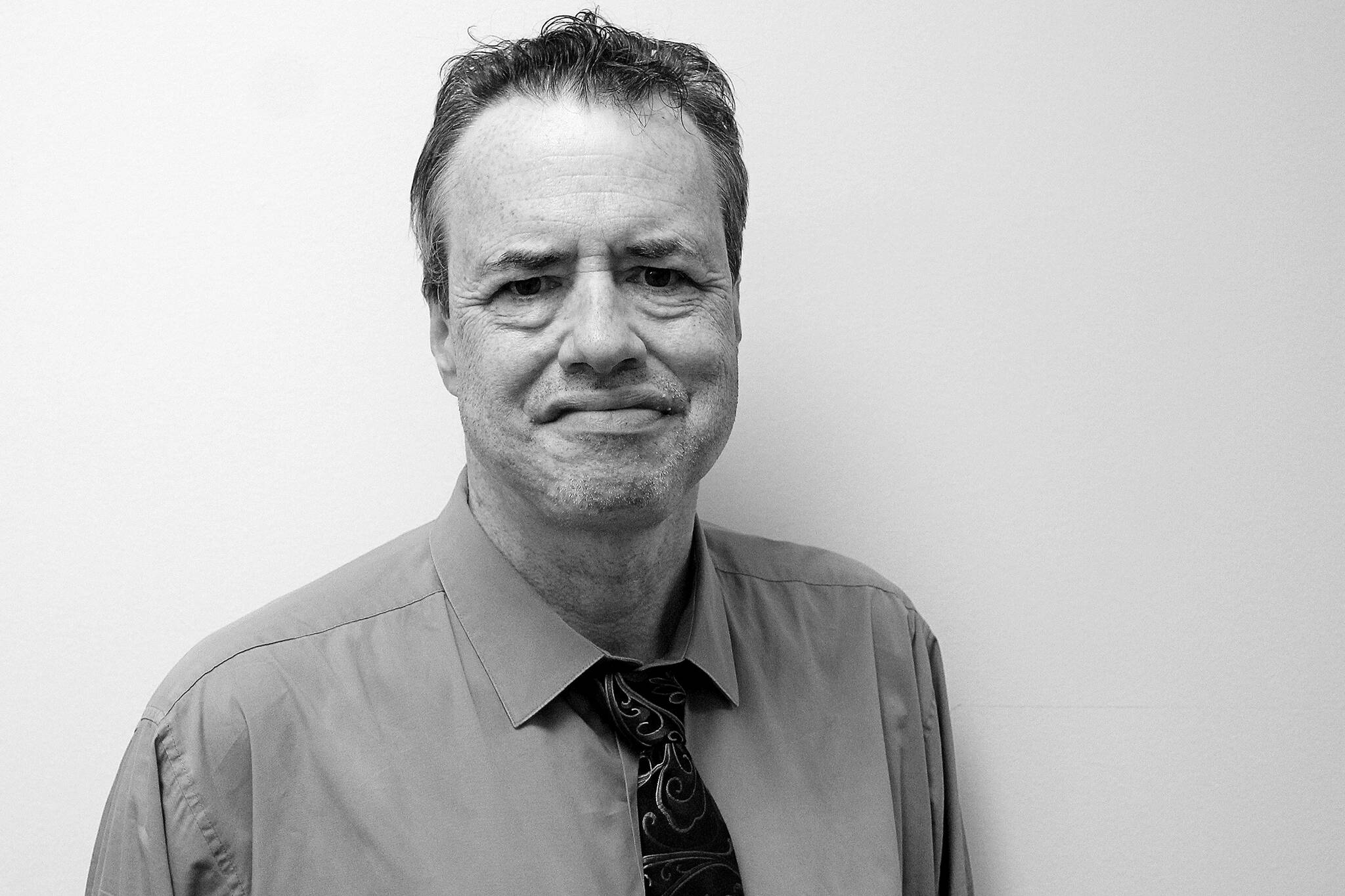I must have been about 9 years old when I started to do this weird thing.
I’m embarrassed even now to disclose what it was, but here goes: I liked to look under the cedar shakes of houses, where years of paint jobs never reach, to discover what a home’s original colors had been.
Look, there’s no way to talk my way out of the ethical shadow this casts on me. At 9 years old, I’d become a confirmed, under-the-shake, whoa-look-at-that-paint-color peeper, if there is such a thing.
Because I loved to imagine the neighborhood I was growing up in as it had been when my parents moved to Auburn in 1953 from their first abode in Seattle.
Fortunately, my practice of this oddity did not disgrace my family. None of the neighbors noticed the bizarro kid at his nefarious activity. The police did not toss me in jail to rot. Indeed, the only down-side was when friends down the street began to look askance and call me, “Curious George.”
Over the years, I’ve thought about that time of my life and wondered what, if anything, it said about me. And, as no one I knew had ever done anything remotely like that, I decided that whatever it said about me, it could not have been good.
Thus I concluded.
Funny how insights come to us.
My wife, Ann, and I were on vacation last week in Eastern Washington and Idaho. At some point, as we rolled along the highways and back roads, we started jabbering — we’re both nerds — about the columnar basalt formations that appear everywhere along the road sides.
Of course, the big question was, where had the long-since-cooled lava deposits come from? When we looked around, we couldn’t see any other candidates, save Mount Rainier. Had it been Rainier?
For answers, I looked to the internet for some big-brained geologists to explain things. As they did.
I learned that night, on a couch in a cabin outside of Cheney, Wash., that below my feet, a process that had begun 17 million years ago had ultimately buried the original landscape of mountains and river valleys of Eastern Washington under three miles of volcanic deposits.
What’s more, the volcano in question had not been Mt. Rainier, a mere baby at 2 million years old, but ghost volcanoes that had long since come and gone, and in particular, a monster, whose enormous magma chamber is where it always was but opened new vents as the Earth’s crust above sidled eastward in a traceable path to other present-day western states, including Wyoming.
What caught my attention was that the original landscape was still there three miles below, as J.R.R. Tolkien wrote in The Hobbit, “down at the very roots of the mountains.”
At the revelation, the little kid, the “peeper-under-shakes,” I had once been suddenly rose up. And the answers to questions about myself that had long troubled me suddenly gave up their secrets.
In a flash I understood:
Why all my days I have been fascinated by old languages that make up the foundations of our own living tongue. For instance, by old Norse, the language of the Vikings, which long ago replaced the native plural pronouns of Old English — hīe, heom, andheora, with its own þeir, þeim and þeirra, that is respectively, they, them, and their. The idea was to clear up confusion kicked up by the fact that our native plural hīe (they) sounded too much like the singular “he”, and “heora” sounded too much like the singular her.
I understood as well my strong attraction to history, and to the writings of Swiss psychiatrist C.G. Jung, whose exploration and explanation of the well springs of human behavior moved me like few other things.
In sum, what I grasped at that moment was that my fascination for the underneath, the structures still discernible in the weeds or rocks that speak of earlier epochs or buildings, for the hidden wellsprings of human behavior, the remains of trenches on battlefields of long ago where men had fought and killed each other in great numbers, had begun to explain to me who and what I was when I was just a little kid.
So, I was not a weirdo, and the 10,000 things that had always moved me were not aberrations. Indeed, they told me truths about myself. I could finally relax.
As I see it, our lifetimes are made up of temporal slices, individual snapshots that connect what we once were to what we are now: the infant to the old man; the little girl to the old woman. Stretching backward and forward in time like a snake, the aggregate of these temporal slices makes up what some scholar — and my apologies, I have forgotten who — has called “the long body.” That is, the sum of us in time and space.
Here’s my takeaway.
Even in our unguarded moments, just by looking into the mundane things of this world, we can gain those powerful insights into ourselves all of us would like to have. For this reason, I agree with the advice the great English writer Roald Dahl once gave to aspiring writers:
“Watch with glittering eyes the whole world around you, because the greatest secrets are always hidden in the most unlikely places.”
–
Robert Whale can be reached at rwhale@soundpublishing.com.


